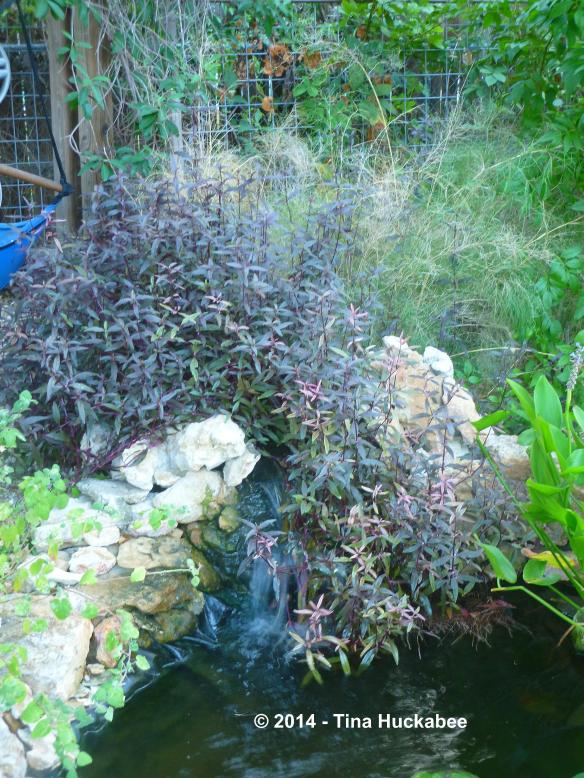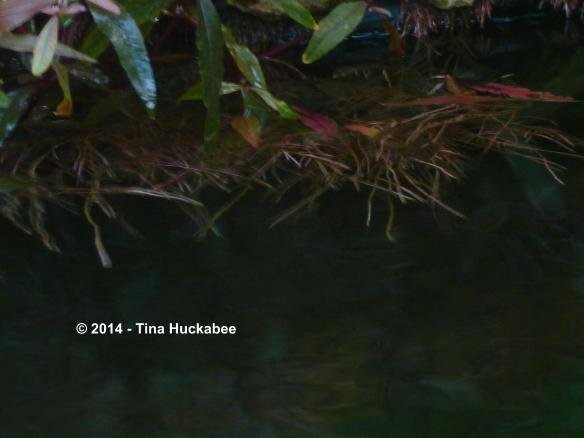This week marks the annual celebration of Texas Native Plant week, October 16-22.

Two Texas natives, Lindheimer’s senna peeking through an American century plant, demonstrate the soft and the prickly of plants from the Lone Star State.
Texas is well-known for its spectacular spring wildflower show and especially its star wildflower and state flower, the Bluebonnet, Lupinus texensis. But September, October, and November display an equally stunning array of beautiful grasses, annuals and perennial bloomers, as well as colorful seed and berry-producing plants during the beautiful autumn display. Important for pollinators, migrating birds, and other wildlife, Texas native plants are easy to grow, conserve water, and define place: native plants make the Texas natural landscape, or your cultivated garden, special.
Yellow is an autumn thing here in Texas. Native Yellow bells, Tacoma stans shout golden goodness with masses of trumpet blooms–and the pollinators are appreciative.
The Texas craglily, Echeandia texensis, sports sweet flowers along 2 to 3 feet bloom stalks and blooms well into November.
Zexmenia, Wedelia texensis, is a native flowering groundcover which graces any garden with loads of nectar-filled daisies from May through October.
Sometimes called Puppy-dog ears because of its soft foliage, the Lindheimer’s senna, Senna lindheimeriana, rock cheery flowers which are native bee magnets.
Plateau goldeneye, Viguiera dentata, brighten Texas gardens and wild spaces with a blast of fall sunshine.
Beloved by pollinators,
…once the blooms are spent, native finches and warblers gobble the seeds throughout winter.
Lauding just a few of the native bloomers from my garden, I’m also enjoying Garden Bloggers’ Bloom Day with Carol at May Dreams Garden. Join in, share your garden pretties (native or not!), then click over to her lovely blog to see and learn about blooms from many places.




































